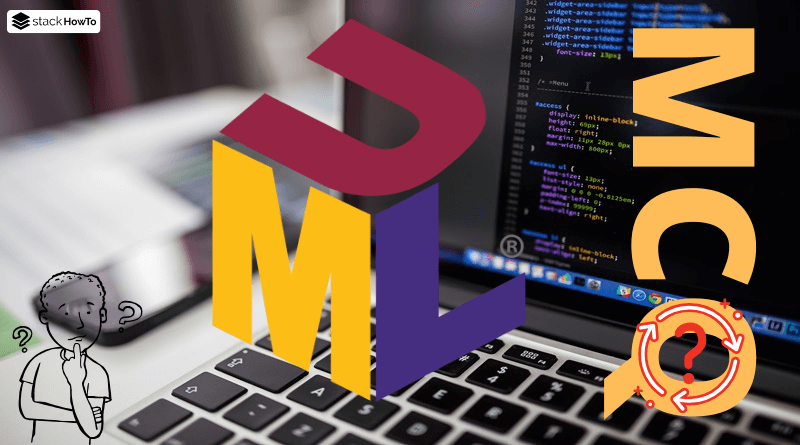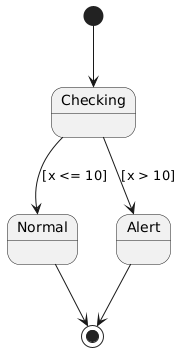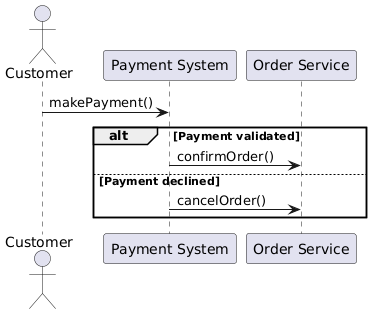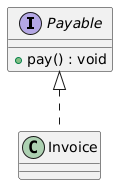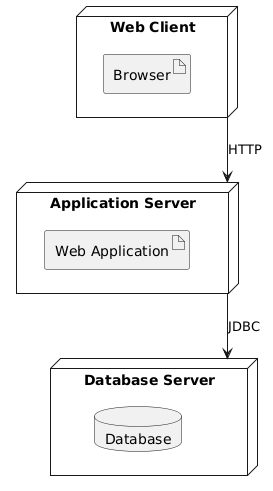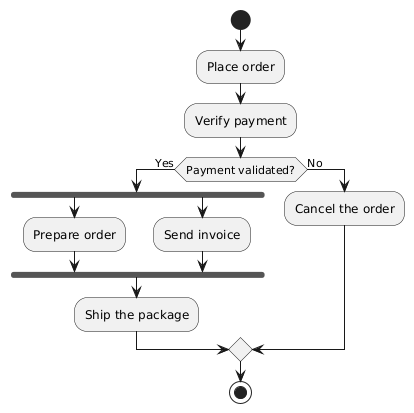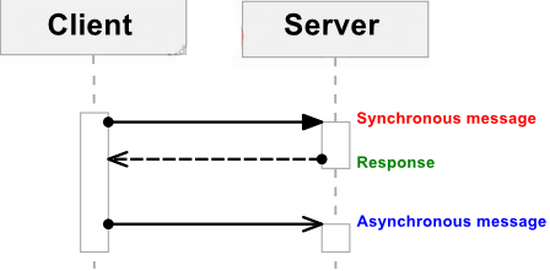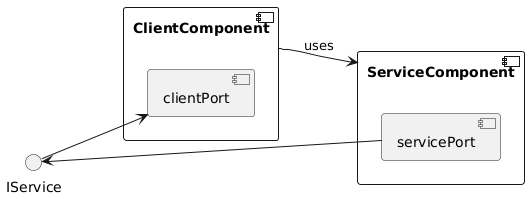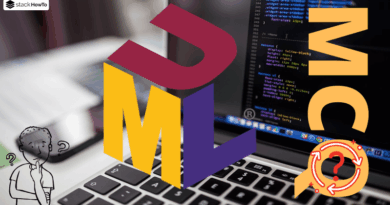UML Diagrams MCQs Questions With Answers – Part 13
Test your knowledge and boost your confidence with these multiple-choice quizzes focused on UML diagrams, foundational software engineering concepts, and real-world best practices. Designed for students, developers, and exam candidates, these MCQs offer a quick and effective way to assess your understanding and sharpen your skills.
1. In a state-transition diagram, what does an arrow with a condition (e.g.,
if x > 10) represent?
A A state change based on an event
B A condition under which the state is maintained
C A final state of the process
D An automatic transition event
2. What can we deduce about the role of the Application class?
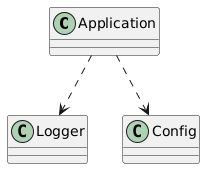
A It inherits from Logger and Config
B It has persistent instances of Logger and Config
C It temporarily uses Logger and Config
D It is abstract
3. In a sequence diagram, what is a “fragment”?
A A segment of executed code
B A portion of a diagram showing specific behavior, such as alt or loop
C A relationship between objects
D A message sent between two objects
4. Which UML relationship is used to represent that a class implements an interface?
A A solid arrow
B An arrow with an empty triangle and solid line
C An arrow with an empty triangle and dashed line
D A dashed arrow without triangle
5. What do nodes represent in a UML deployment diagram?
A Users
B Servers or physical devices
C Virtual classes
D Software components
6. Which UML diagram is best suited to describe a complex business process with multiple decisions and loops?
A Use case diagram
B Class diagram
C Activity diagram
D Component diagram
7. In a sequence diagram, what does an arrow with a stick head (bar) mean?
A An asynchronous message
B A system signal
C A lost message
D A destructor message
8. What is the main purpose of the state-transition (or state) diagram?
A To show the structure of classes
B To show user actions
C To show an object’s possible states and its changes
D To describe system actors
9. What does the vertical bar after “send request” on the Application -> Server line represent?
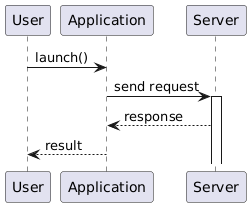
A An asynchronous method
B A process activation (execution block)
C An object instantiation
D A conditional response
10. In a component diagram, what is a “port”?
A An access method
B An attribute of a component
C A communication point for interfaces
D A type of physical node

